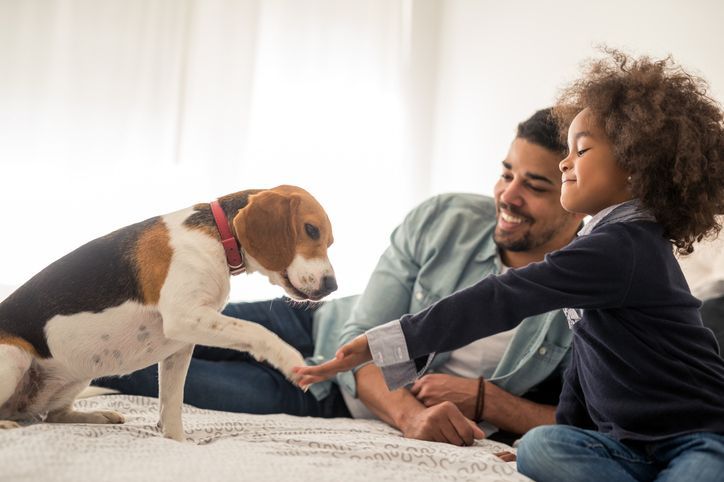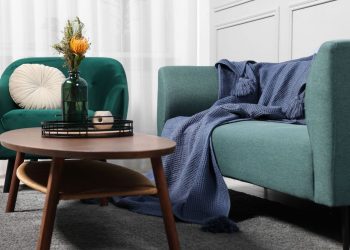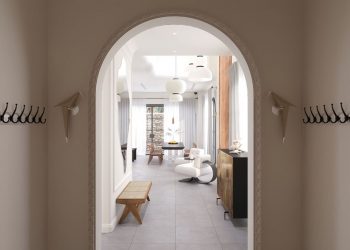Bringing a new pet into your home can be an exciting prospect. While adopting a new pet is a joyful experience, it does come with its share of responsibilities. Choosing the right pet involves more than just picking the cutest face; it’s essential to know how your pet will fit into your lifestyle and your home as a homeowner. Choosing a pet that best fits your needs ensures that you can give them the home that they deserve.
Evaluate Your Space
Assessing your living space is key to determining the best pet for your home. Larger pets, particularly dogs, need ample space and a yard to roam. Some breeds are better suited for large spaces or owners with ample time to exercise. Smaller pets like hamsters or cats can thrive in small homes or duplexes without a yard. Evaluating your wants in a pet along with your space is key to finding a pet and breed that will be happy at your home.
Analyze Your Lifestyle and Habits
The best pet is one that is suited for your lifestyle. A dog will need a lot of exercise but this could be perfect for a homeowner who enjoys hiking every weekend or would love to go on early morning runs. On the flip side, if your work takes you out of town for a few days at a time, a pet that is able to self-regulate is probably key. For the happiest home for owner and pet alike, understanding your needs along with your pets needs is vital.
Pet-Proofing Needs
When you figure out what kind of a pet you will want, it’s very important to evaluate your home for any pet proofing needs. Certain plants are toxic to specific pets or breeds, while specific hazards like loose wires or small objects are a risk for most pets. Before bringing a pet home, be sure to evaluate what pet proofing needs to be completed. Secure trash cans, and store cleaning supplies or medications out of reach of curious pets.
Think About a Safe Space
Creating safe designated areas for your pet to explore and rest is vital when bringing them home for the first time. Consider a smaller area that is less trafficked where you would let your pet stay when they are adjusting to the new home. This can be a large crate, or a spare bedroom as long as it’s comforting and out-of-the-way.











